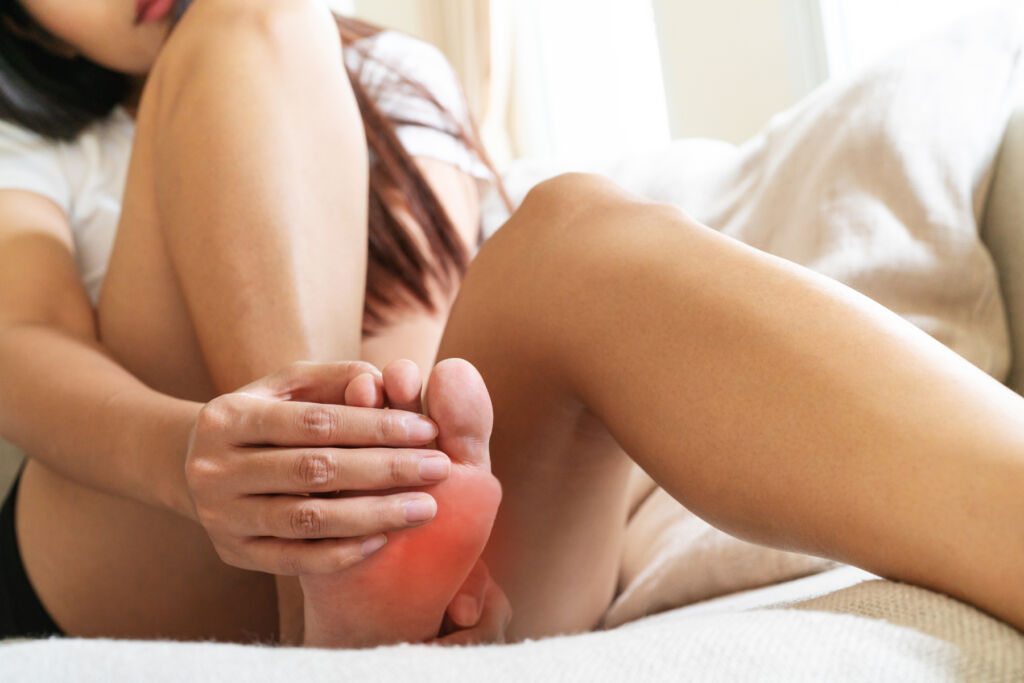
With reports that high heels are back in fashion, likely inspired by post-pandemic trends, we asked leading keyhole and medically qualified bunion specialist Consultant Orthopaedic Surgeon (Foot & Ankle), Mr Kumar Kunasingam of Schoen Clinic London, to discuss the sharp increase in patients requiring bunion surgery in his clinic.
A bunion is a bony bump or an enlarged joint that forms at the base of your big toe, where it forms a union with a foot bone called the first metatarsal whilst at the same time the big toe pushes outwards. Bunion pain can feel different to everyone.
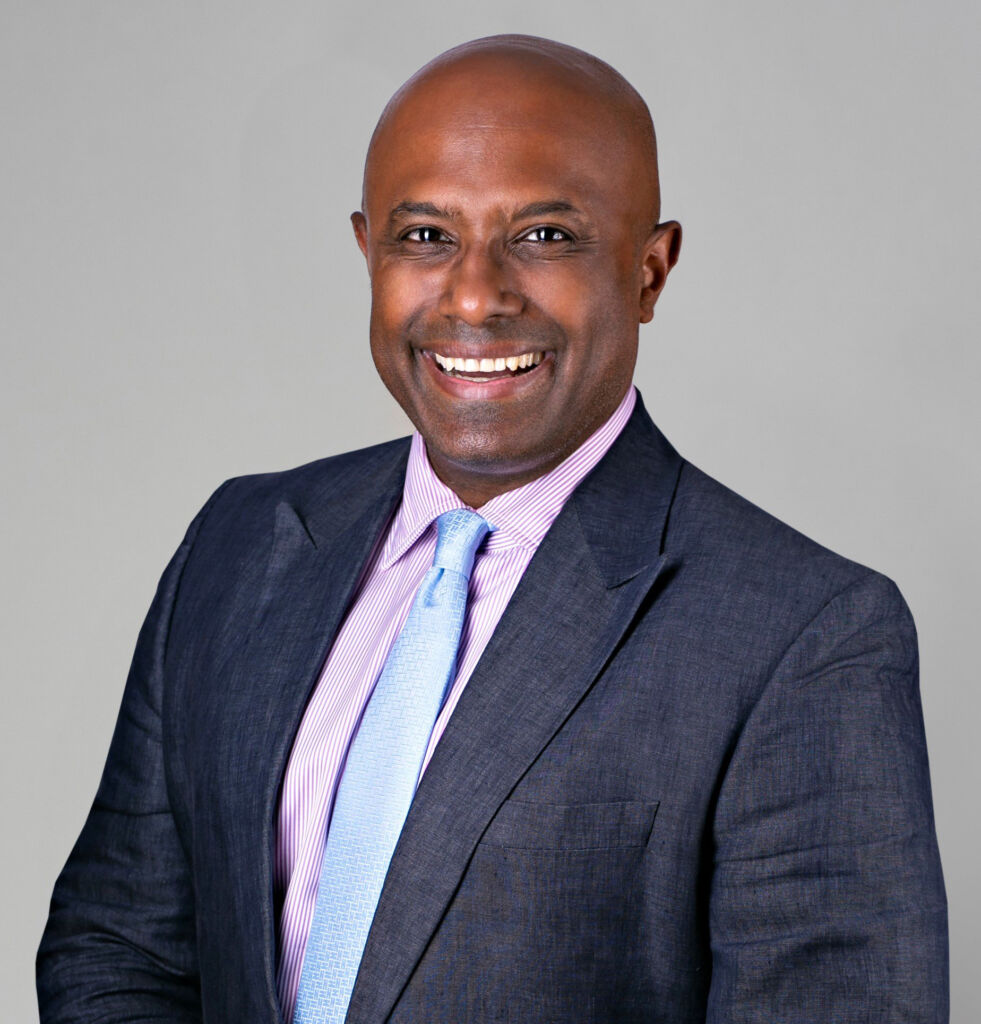 It can range from mild to severe, and it can be constant or only flare up occasionally.
It can range from mild to severe, and it can be constant or only flare up occasionally.
Whilst there are ways to relieve bunion pain, many patients feel that surgery is the only option to remove the growth that makes wearing particular shoes uncomfortable as well as the pain.
Whilst recovery was previously a long and painful road; the latest surgery allows patients to get back to the runway or work the very next day. Mr Kunasingam added, “During lockdown, patients have had time to decide they want to do something about their bunions before returning to the office and the fact that is based on keyhole technique, it is no longer a painful experience. So work can resume the next day.”
Mr Kunasingam explains why he has seen a clinic increase in bunion surgery:-
Luxurious Magazine: What causes bunions?
Mr Kumar Kunasingam (KK): Essentially, bunions are hereditary, and this condition generally runs in the family. It could be from grandparents, or sometimes skip a generation, or it can be fairly spontaneous. There may be an element of footwear, but it’s not necessarily caused by footwear. That’s only if you wear narrow footwear, which is more fashionably acceptable, so then you will feel the bunion more acutely but wearing narrow footwear wouldn’t be the cause.
LM: Are there particular types of feet that are susceptible to bunions?
KK: Flatter feet can sometimes be susceptible because of the pull of tendons around the ankle, and ultimately flatter feet can lead to a bunion forming. Not all flat feet need to be corrected surgically. For example, Usain Bolt has very flat feet and reportedly bunions, but I wouldn’t fix this surgically.
LM: Have there been any trends within your clinic for bunion patients?
KK: More patients are coming forward with the knowledge that there is a keyhole, also known as minimally invasive surgery, available. I have seen an increase of around 25% versus pre-pandemic levels. As it is a hereditary problem, family members will associate bunions with their family members wanting to avoid surgery due to the previously long and painful recovery time. Patients for open surgery will also be seen bed-bound and debilitated afterwards; however, techniques have since changed.
There are over 200 techniques to describe or perform bunion surgery by a wide variety of clinicians, both orthopaedic and non-medically qualified surgeons. People are becoming more aware that there is a sub-specialisation with increasing recommendations for keyhole surgery. The keyhole technique’s key attraction is the rapid recovery time with little or no pain. This makes a huge difference in patients’ lives.
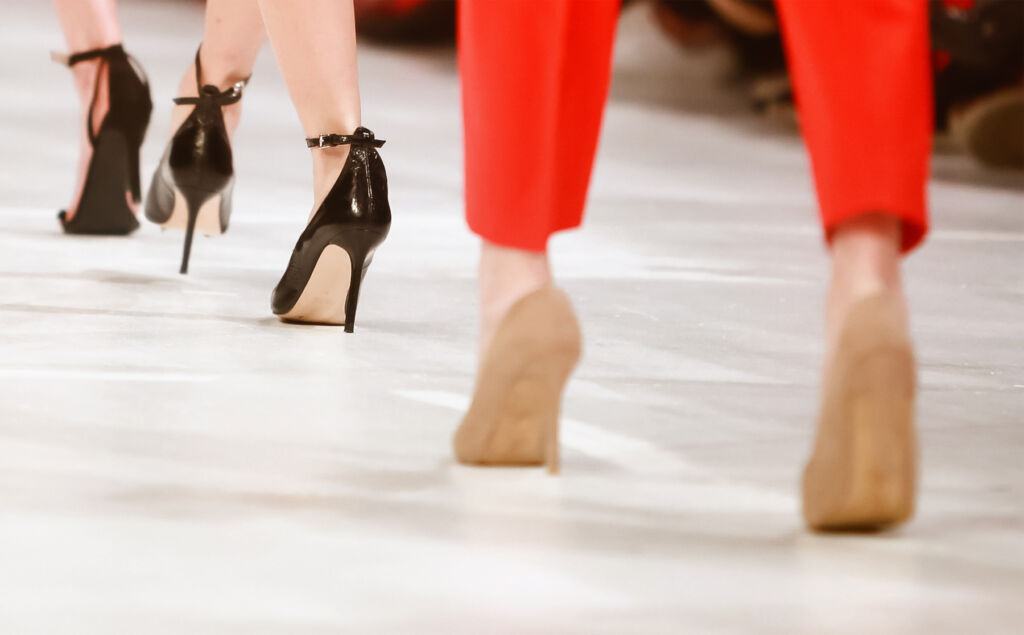
LM: Are all high heels bad for bunions, or is it just certain lengths?
KK: No, they are not bad for bunions, but if you do have bunions, you probably feel them a bit more. It’s a catch 22. Shoe styles have changed with time, but bunions have existed for many years, as seen through ancient Chinese and Egyptian literature. Essentially all covered shoes which are made of firmer material such as leather can cause pain as it would rub against the bunion.
Actually, it depends on the heel and if there’s a cut-out design (open toe) around this area. So if it’s an open toe shoe heel that doesn’t entirely cover the bunion area, then it’s not as big an issue as that can provide some comfort. When the shoe heel itself has a cover around the bunion area, patients will have that rubbing and painful experience. Plus, you must be aware that some heels will pull the toe into the foot slightly more, so a pointed heel versus a round toe heel could have a potentially painful scenario there.
LM: If bunions are left unchecked, can they lead to further complications?
KK: I think this is true, yes. You can have a number of issues with bunions. There will be a problem with the bump itself, the head of the first metatarsal, which is pressing on the footwear. You have also got a bone on the inside, pressing on a shoe on the outside, and then the soft, thin skin and tissue which develops into a bursa (the closed fluid-filled sac) can also be inflamed.
All these are all pain generators and can cause a considerable amount of discomfort. Additionally, you’ve got the big toe shifting across, and as it shifts across, it can rotate as well in some cases; that is what is called pronation. This means the toenail is turning inwards, too, and not in keeping with all the other nails pointing upwards. But in doing so, it can cause pressure symptoms on the other toes.
I have also seen patients coming in with second and third toe dislocations because they’ve left it for such a long time. As the surfaces are moving, i.e. a joint of the big toe is being more and more bent or skewed as the toe leans over, the cartilage within the joint of the bunion can wear and tear and cause a bunion as well as encourage arthritic changes, which I find incredibly common in patients who leave treatment for too long. Finally, as the width of the foot increases, it puts pressure on the little toe as well. So, there’s a multitude of issues that can arise.
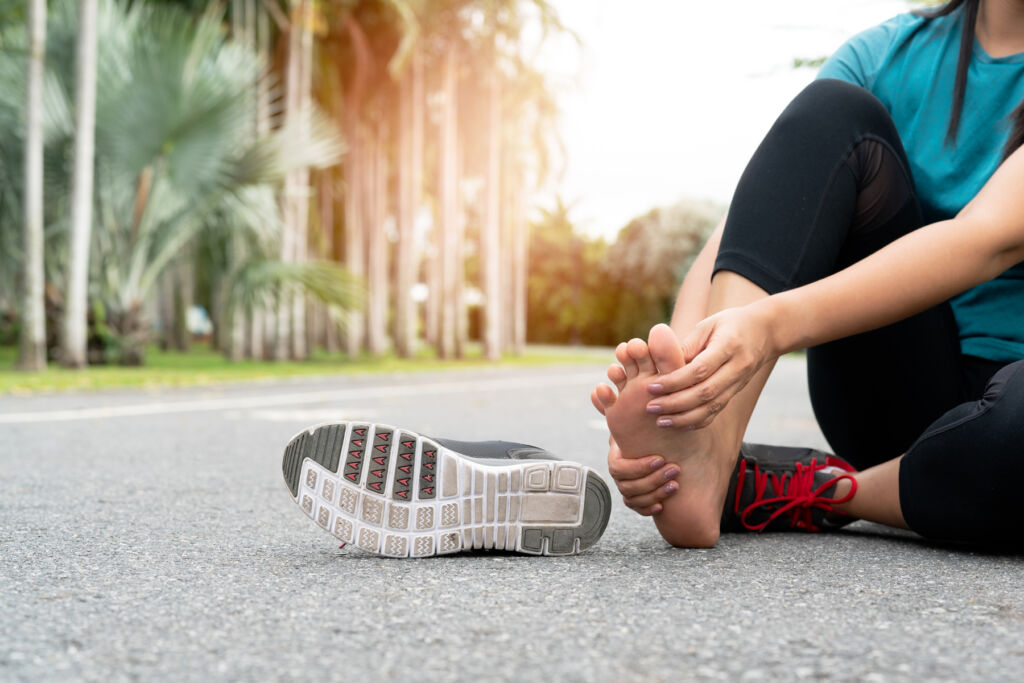
LM: What treatment options are available for bunions?
KK: There is a school of thought to say that you can create space, such as a rubber gel insert between the big toe and the second toe. Sometimes between the other toes as well, to try and separate these and prevent them from rubbing each other. However, this often requires a bigger shoe to get into. This may suit some people, but it won’t be a permanent solution.
Broader footwear is the next thing. Wearing footwear that is slightly oversized in terms of width, and there are some bunion specific shoes out there – although this does have its limitations.
There are also some movements for the exercise of the lesser muscles of the foot, which will help pull the toes in different directions. However, I don’t think this works for a bony correction, which most people have, so it isn’t something I would recommend.
Open surgery creates one large scar that spans the bones of the big toe joint. An open scar is much bigger than the combined small incisions required to perform a keyhole exposure and technique. For my patients, this makes a huge difference – since, with keyhole, they can go to the gym or hit the runway the day after surgery with the right kind of advice and guidance, which I offer post-surgery. With open surgery, there will be tighter restrictions; for example, following the operation, patients would be wearing post-operation shoes rather than normal shoes for 6 – 8 weeks. Plus, there would be no gym-based activities at all for a similar length of time.
LM: What benefits are there for undertaking bunion surgery at Schoen Clinic London?
KK: It is a multi-award winning, highly specialised hospital situated in Marylebone in the Harley Street Medical District of London and has received global recognition for its evidence-based techniques and outcome-driven surgery. It offers a multi-layered one-stop service from the front door; imaging, clinical assessment, recommendations and pre-assessment services, as well as the post-treatment outreach, to make sure patients have enough information with appropriate, follow up. It is, in my opinion, excellent nursing care as well.
LM: Based upon the type of heels that are coming back into fashion post-pandemic – are there any that you feel would be better for feet?
KK: Heels are heels. So, if you like any type and you feel comfortable in them, you can wear them. I don’t see a big issue in this at all. The main problem is that the longer you leave an issue with your foot which is made worse because of a particular type of footwear, the less likely you are going back into those types of footwear. With all of this in mind, here are my thoughts:-
Wedges
A wedge is a nice way of balancing out the mid-foot and spreading a little bit more pressure because there’s a full point of contact to the ground.
Mules
If you look at then going into a mule, it’s got a lower heel and often an open toe design – that might be quite comfortable for those with bunions, depending on the individual user. If the pump has a toe catch design, as many sandals do, this can make a difference since the toe is probably a little more comfortable for people with bunions.
Stiletto Pump
The stiletto itself is usually a longer heel, there will be slightly more weight going into the front of the foot, so this depends on the width of the front of the foot. If the stiletto pump has a strap over the top can also find extra comfort in wearing stiletto pumps.
The bottom line is if you want to wear it, try it. If you’re wearing something that’s causing you pain, you need to consider the potential long-term effects. Whilst there is no guarantee with any surgery, the outcomes are usually excellent, with people getting back into heels and quickly resuming good quality of life.
To contact Mr Kumar Kunasingam of Schoen Clinic London and find out more about their available treatments, visit their website www.schoen-clinic.co.uk.
Read more health features and guides here.
![]()



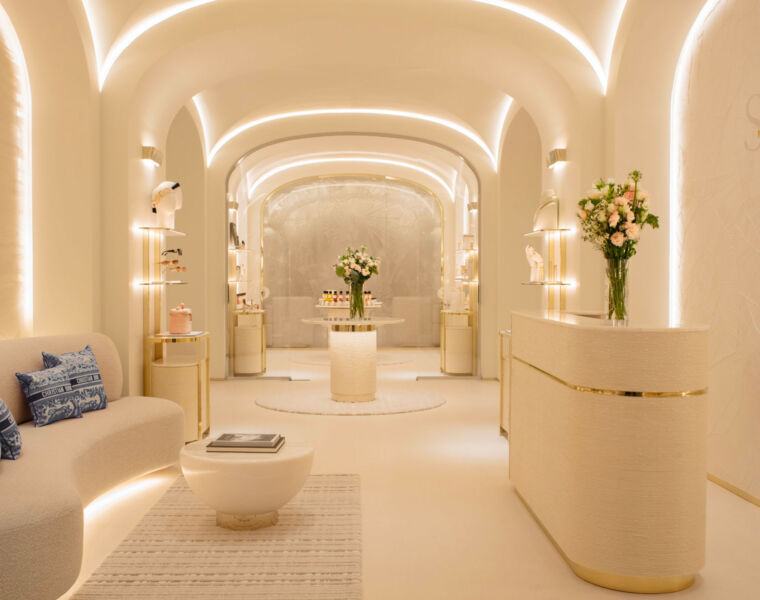
You must be logged in to post a comment.